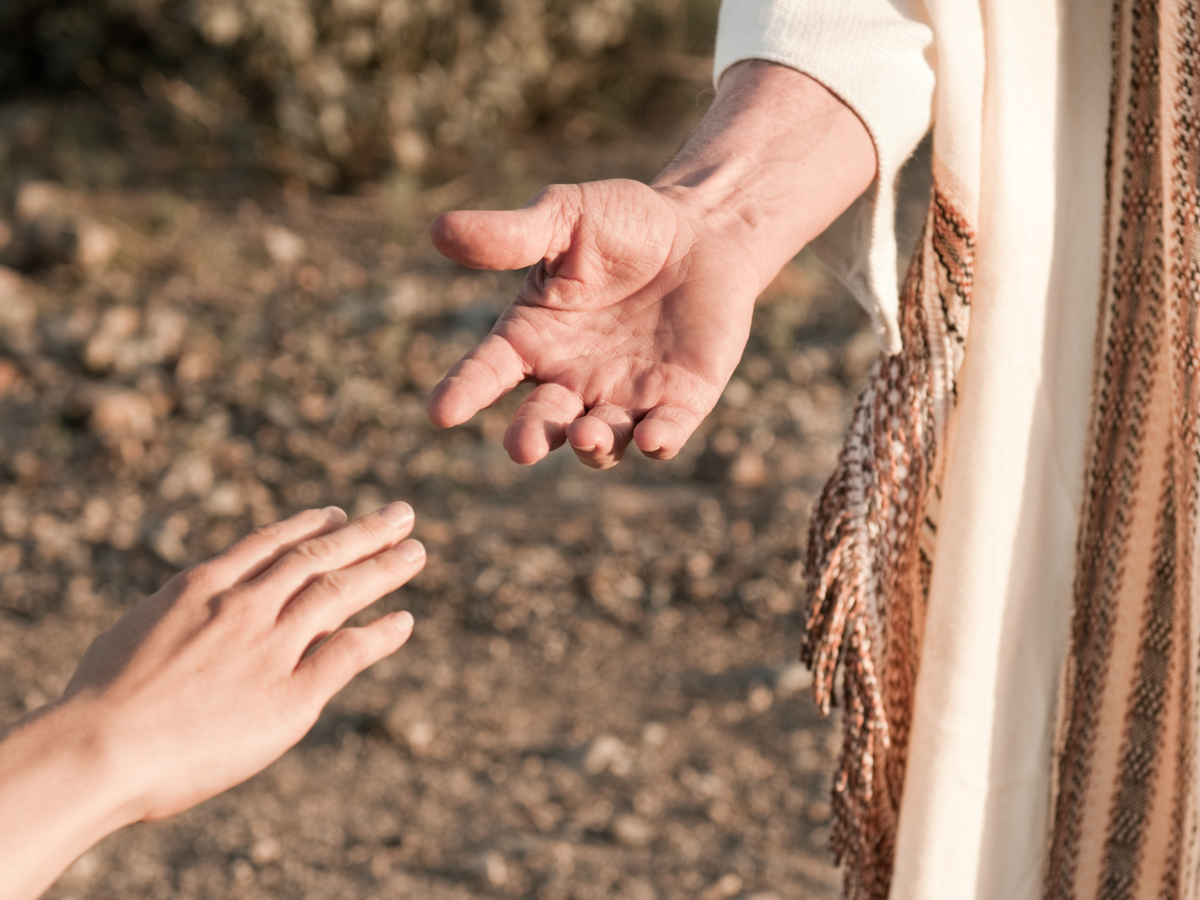
Becoming a missionary: Anna's journey
Anna Rosengren recently moved to Japan for her first term of missionary service with SEND. It’s tempting to say that her journey began as the plane took off, but that’s not how Anna thinks of it. The “fly to Japan” part rested on the prayer, support, and training that have gone into preparing her for successful long-term ministry.
“I am truly grateful for the people surrounding me who care about what God is doing in and through me and what he’s doing in Japan,” Anna says. “This is my cloud of witnesses.”
People often ask what it takes to become a missionary—a tricky question, because God gives each person a unique story. Here’s the story he gave Anna:
End of 2015
I was in Japan doing a different ministry, when I had conversations with SEND’s Area Director and other missionaries about working with SEND Japan.
January 2016
I filled out a questionnaire with SEND
, interviewed with one of the mission’s mobilizers, and started the application process—filled out forms, took tests, and video chatted with personnel coordinators.
June 2016
I was invited to Candidate Orientation Program (COP), at which there was an interview with the Missionary Appointment Committee, official acceptance as an appointee to Japan with SEND, and training by experienced coaches to prepare us for Partner Development (i.e. support raising). I was paired with a member care coach from SEND to help me with my Partner Development season.
After COP
I started having monthly, and eventually bi-monthly, video chats with my coach—so helpful and needed for me to set deadlines, create goals, and build structure in how I approached not only Partner Development, but life!
Around this time, my Advocate Team (A-team) formed at my home church. My A-team has been committed to praying for/with me, brainstorming with me, and keeping me accountable during this part of the journey. They’re representatives on my behalf to the larger body of my sending church and will continue to meet together once a month even while I’m in Japan. I’m so thankful for them!
Summer 2017
I attended SEND’s North America Annual Conference, where I got to know some of the other missionaries and personnel who serve all over the world. I also attended Sharpening Your Interpersonal Skills
, a training that emphasized the importance of reading social cues in different situations, handling grief and conflict well, and how this is all applied in a ministry context.
Mid-2018
I was able to quit my part-time job to focus all of my attention and energy on full-time support raising and training. I attended SEND’s Member Orientation Program to prepare me for living in a cross-cultural context and a language-acquisition course to prepare me for being a lifelong language learner.
The pre-Japan journey
Before I even moved to Japan, I:
- Met with hundreds of individuals and churches to present the need in Japan and God’s heart for Japanese people, and gave them the invitation to be part of sending me to share the gospel of grace.
- Communicated to potential supporters through snail mail, email newsletters and Facebook, through which I have been reaching out to over 400 people at a time!
- Had a team of people actively praying for Japan and for me.
- Seen more than 12 churches hold me up in prayer or financially support my ministry.
- Had 187 donors give either onetime gifts or recurring donations to sustain my commitment to ministry in Japan.
Do you see how many people and roles it’s taken and will take to send me well to Japan? When someone
prays or
gives to a missionary, they become part of something larger than me or you or anything I can really explain … but it’s amazing to be a part of it!
The path to missions can feel overwhelming! Our experienced mission coaches will walk alongside you every step of the way.

• Find out how you can become a SEND missionary.
• Explore where and how you can serve with SEND.
• Subscribe to Explore , our free monthly newsletter full of inspiration, ideas, and encouragement for people interested in discovering their role in cross-cultural missions .
Additional Posts




